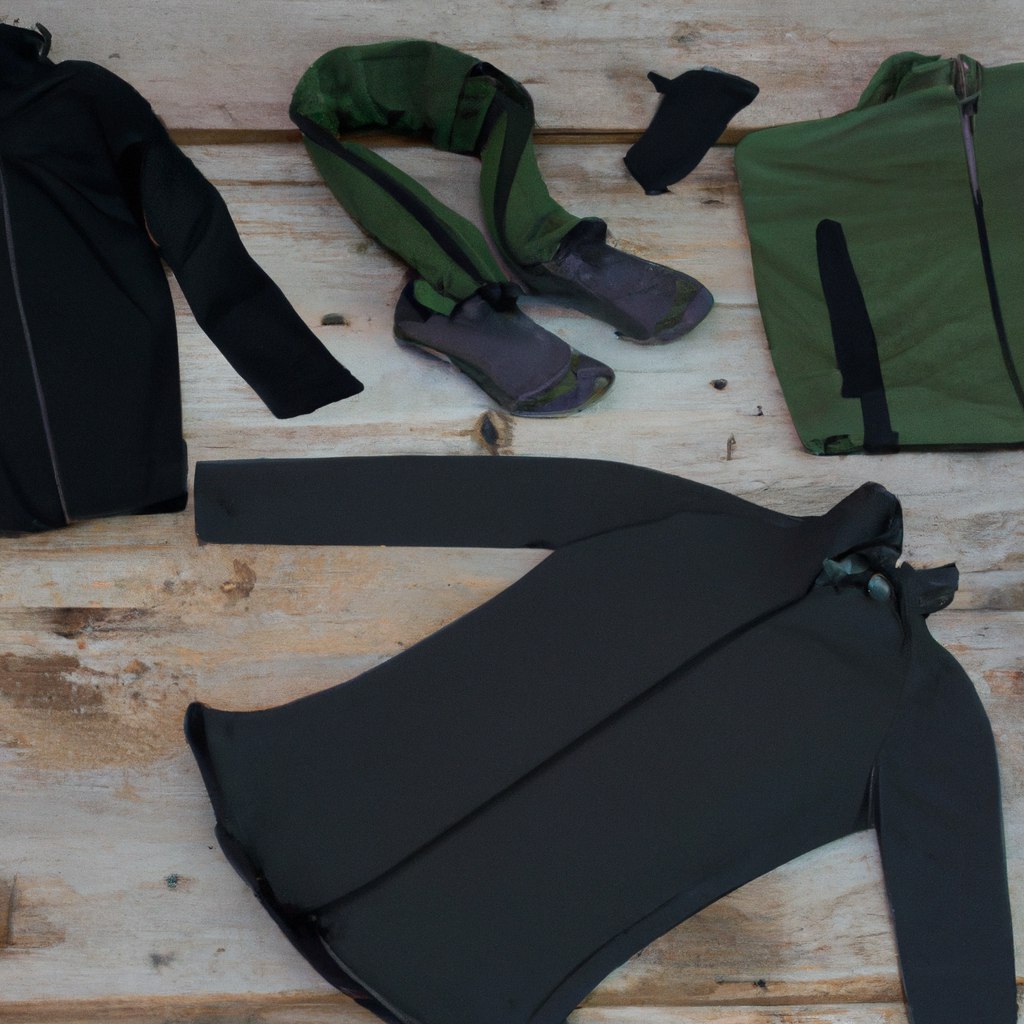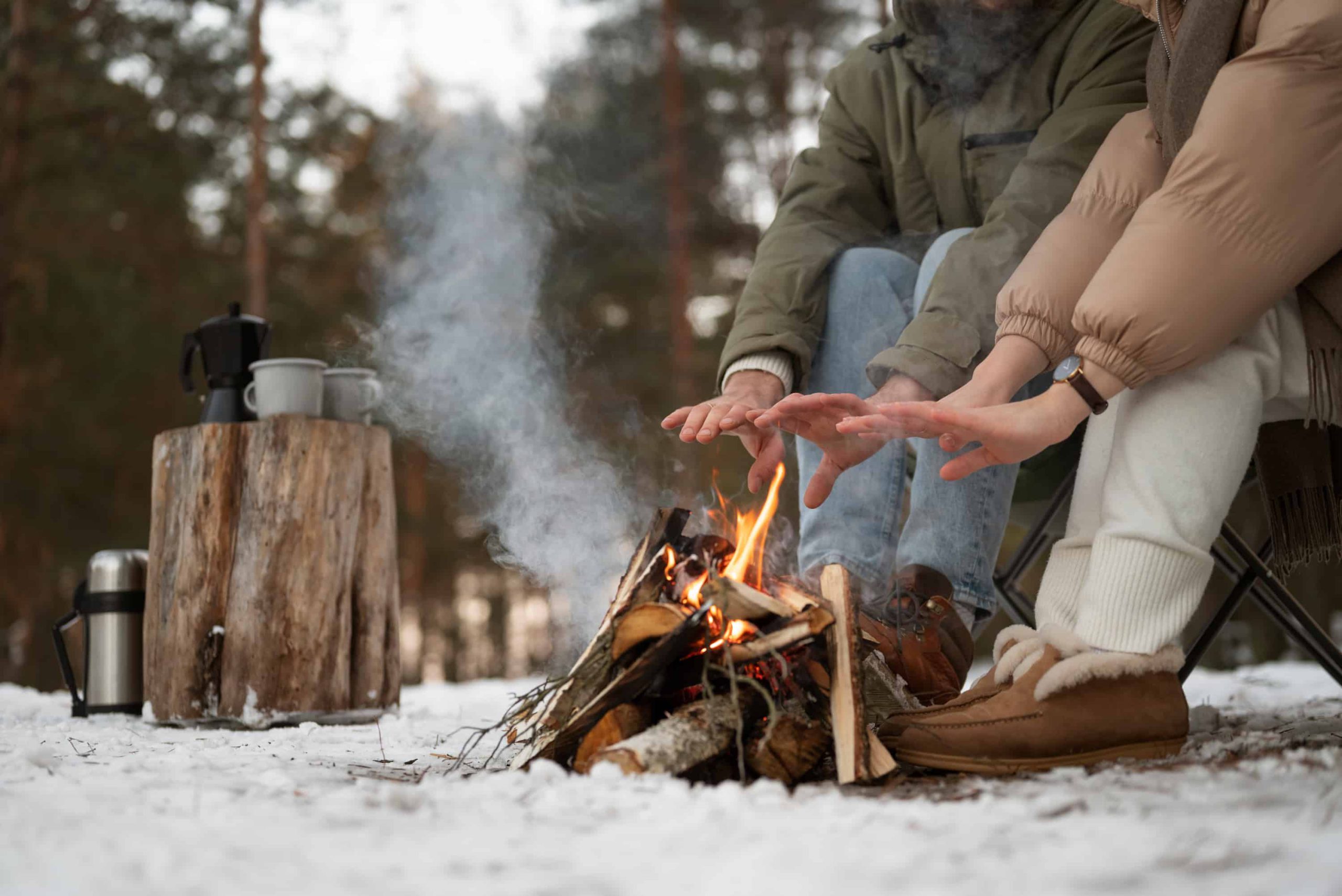What is considered outdoor gear?
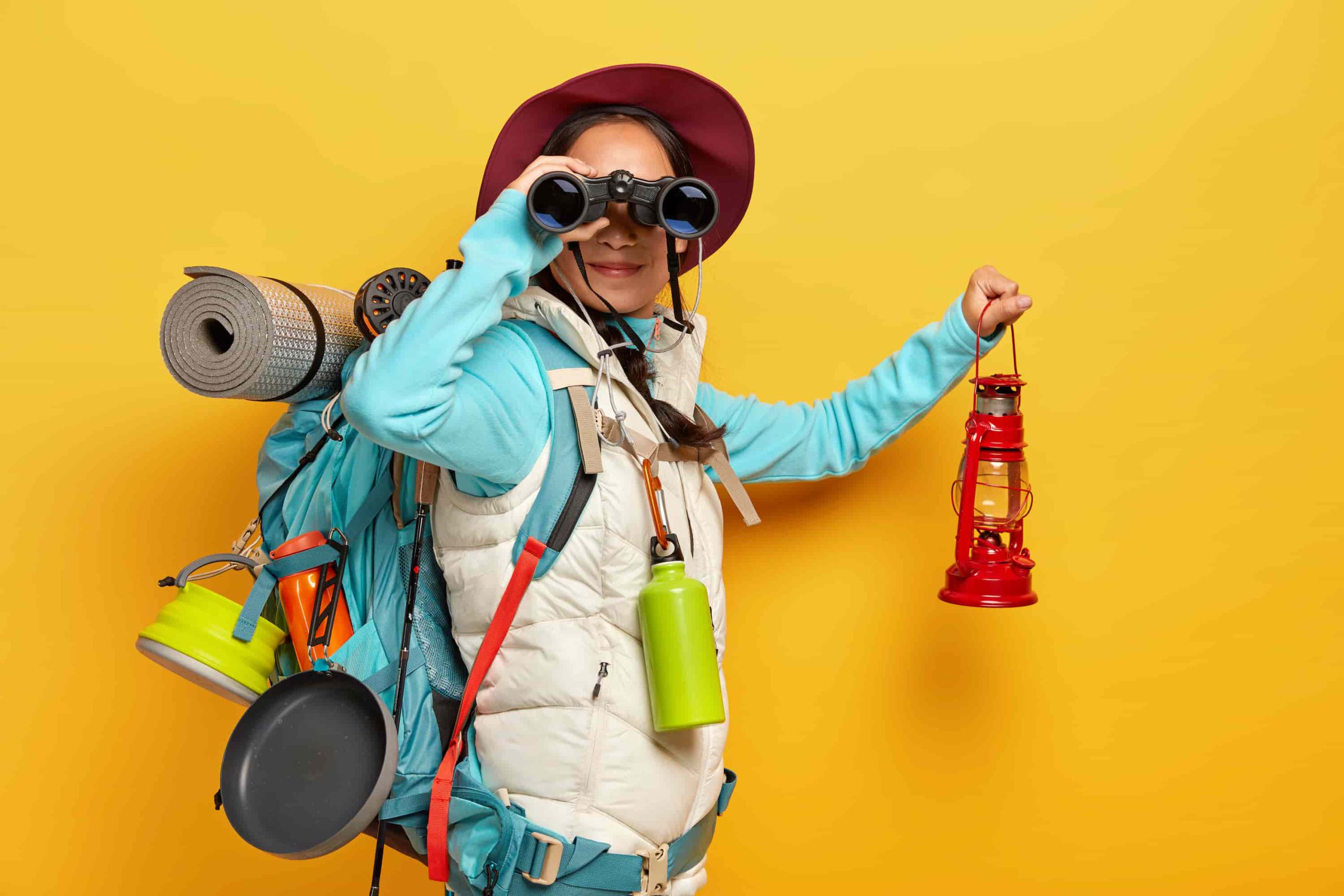
Hey there outdoor enthusiasts, welcome to my blog! Today, we’re going to be talking about one of my favorite topics – outdoor gear. But before we dive in, I want to ask you a question: what do you consider to be outdoor gear? Is it just your camping equipment and hiking boots, or does it include your sunglasses and water bottle too? The truth is, the definition of outdoor gear can vary depending on who you ask. That’s why today, we’re going to explore what exactly is considered outdoor gear and why it matters.
When we think of outdoor gear, the first things that come to mind are usually the big-ticket items like tents, sleeping bags, and backpacks. And while these are definitely essential pieces of gear for any outdoor adventure, there’s so much more to it than that. Outdoor gear can also include clothing like rain jackets, base layers, and hiking pants, as well as accessories like trekking poles, headlamps, and GPS devices. Even your footwear, whether it’s hiking boots or trail runners, can be considered outdoor gear.
So why does it matter what we consider to be outdoor gear? Well, for one thing, having the right gear can make or break your outdoor experience. If you’re not properly equipped, you could find yourself uncomfortable, unsafe, or even unable to complete your planned activity. Additionally, knowing what outdoor gear encompasses can help you make informed decisions when it comes to purchasing and packing for your adventures.
So there you have it – a brief overview of what’s considered outdoor gear. I hope this has been helpful in expanding your understanding of this important topic. If you want to learn more about specific types of outdoor gear or get tips on how to choose the best gear for your needs, be sure to read through the rest of my blog. Thanks for tuning in, and happy adventuring!
| Category | Examples |
|---|---|
| Clothing | Base layers, mid layers, outer layers |
| Footwear | Hiking boots, trail running shoes |
| Camping gear | Tents, sleeping bags, camp stoves |
| Backpacking gear | Backpacks, water filters, lightweight sleeping bags |
| Climbing gear | Ropes, harnesses, climbing shoes |
| Activity type and environment | Hiking, camping, backpacking, climbing |
| Durability and quality | Material quality, product construction, brand reputation |
| Fit and comfort | Size and fit, padding, ventilation |
| Price range | Budget-friendly, mid-range, high-end |
What Qualifies as Outdoor Gear?
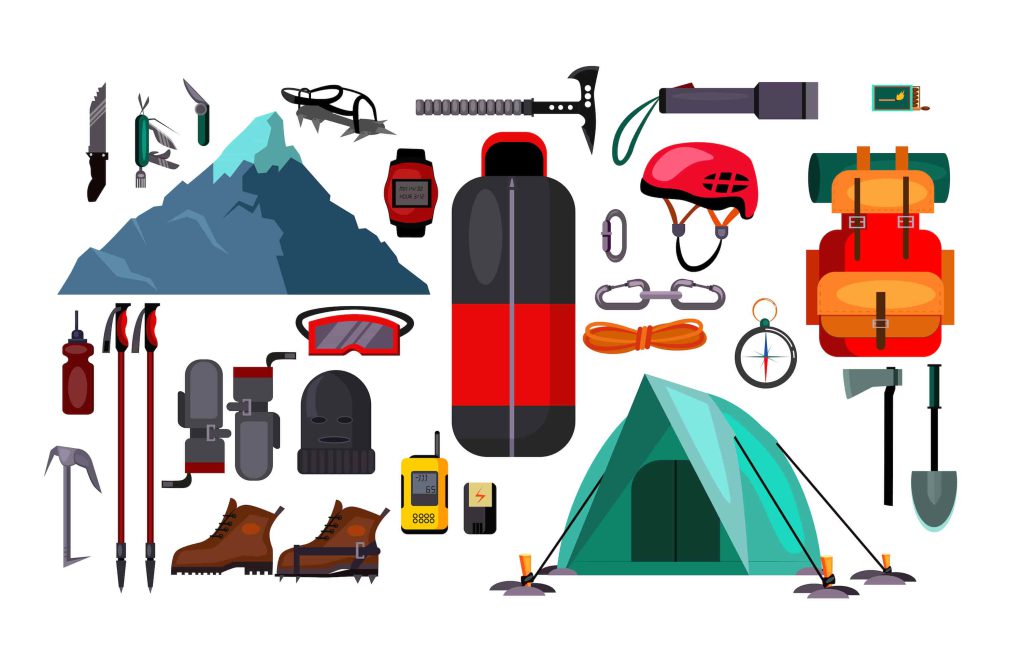
Outdoor gear is typically designed to withstand the elements and provide protection and comfort for the user. The gear can range from clothing to equipment, depending on the activity. Outdoor gear must also be durable and able to withstand wear and tear from the environment. Here are some of the different categories of outdoor gear:
Clothing
One of the most important categories of outdoor gear is clothing. Outdoor clothing is designed to provide protection from the elements, such as rain, wind, and cold temperatures. Outdoor clothing may also be designed to provide additional features, such as UV protection or insect repellent. Some examples of outdoor clothing include jackets, pants, shirts, hats, and gloves.
Footwear
Footwear is another essential category of outdoor gear. Outdoor shoes and boots are designed to provide comfort and support for the feet, as well as protection from the terrain. Outdoor footwear may be waterproof or water-resistant, and may also have additional features, such as insulation or slip-resistant soles.
Camping Gear
Camping gear includes equipment that is designed for use while camping, such as tents, sleeping bags, and camp stoves. Camping gear must be durable and able to withstand the rigors of outdoor use, as well as provide comfort and protection for the user.
Hiking Gear
Hiking gear includes equipment that is designed for use while hiking, such as backpacks, hiking boots, and trekking poles. Hiking gear must be lightweight and comfortable, while also providing support and protection for the user.
Fishing Gear
Fishing gear includes equipment that is designed for use while fishing, such as fishing rods, reels, and tackle boxes. Fishing gear must be durable and able to withstand exposure to water, as well as provide the user with the necessary tools to catch fish.
Hunting Gear
Hunting gear includes equipment that is designed for use while hunting, such as rifles, camouflage clothing, and hunting blinds. Hunting gear must be durable and able to withstand exposure to the elements, as well as provide the user with the necessary tools to hunt safely and effectively.
Water Sports Gear
Water sports gear includes equipment that is designed for use while participating in water sports, such as kayaking, canoeing, and stand-up paddleboarding. Water sports gear must be waterproof or water-resistant, and may also provide additional features, such as flotation devices or adjustable paddles.
What clothing contains PFAS?
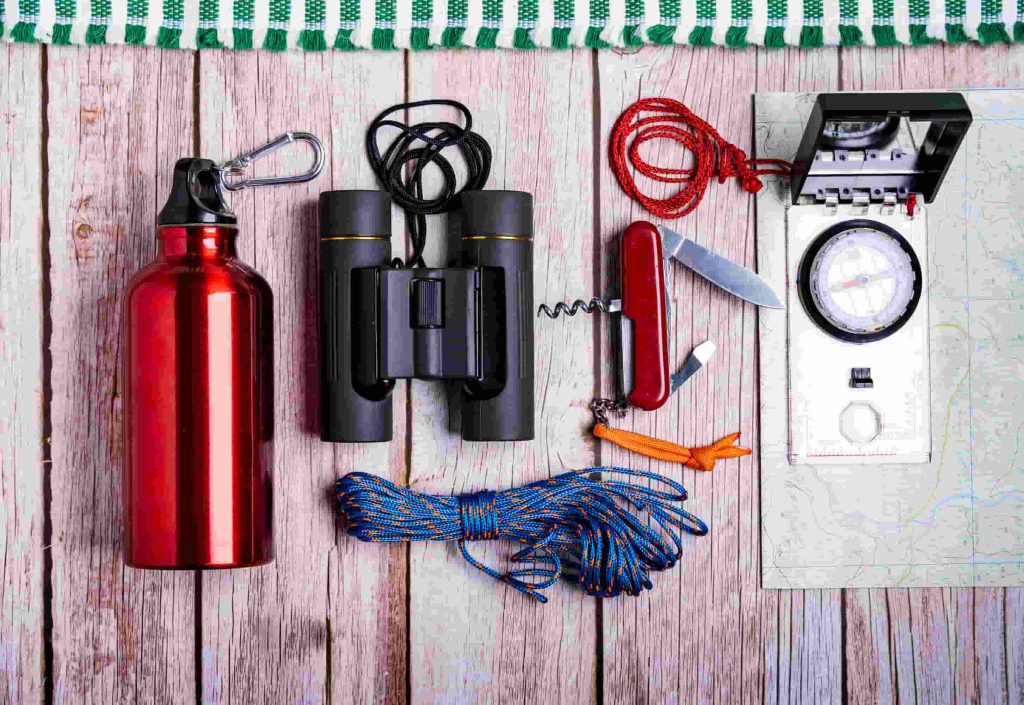
PFAS stands for per- and polyfluoroalkyl substances, which are a group of chemicals that are often used in the manufacturing of textiles to make them water-resistant or stain-resistant.
Some examples of clothing items that may contain PFAS include outdoor gear like jackets, pants, and gloves, as well as some athletic wear like workout shirts and leggings. PFAS can also be found in some types of footwear, such as hiking boots or running shoes.
Now, it’s important to note that not all clothing items contain PFAS, and even those that do may not necessarily pose a risk to your health. However, if you’re concerned about exposure to these chemicals, it’s always a good idea to do some research on the specific brands and types of clothing you’re interested in, and to read the labels carefully to see if they contain any PFAS or other potentially harmful chemicals.
What is outdoor clothing called?
One common term is “outdoor gear,” which can refer to everything from jackets and pants to backpacks and tents. Another term you might hear is “technical clothing,” which typically refers to clothing that’s designed with specific features and materials to help keep you comfortable and protected in a variety of outdoor environments.
Types of outdoor gear
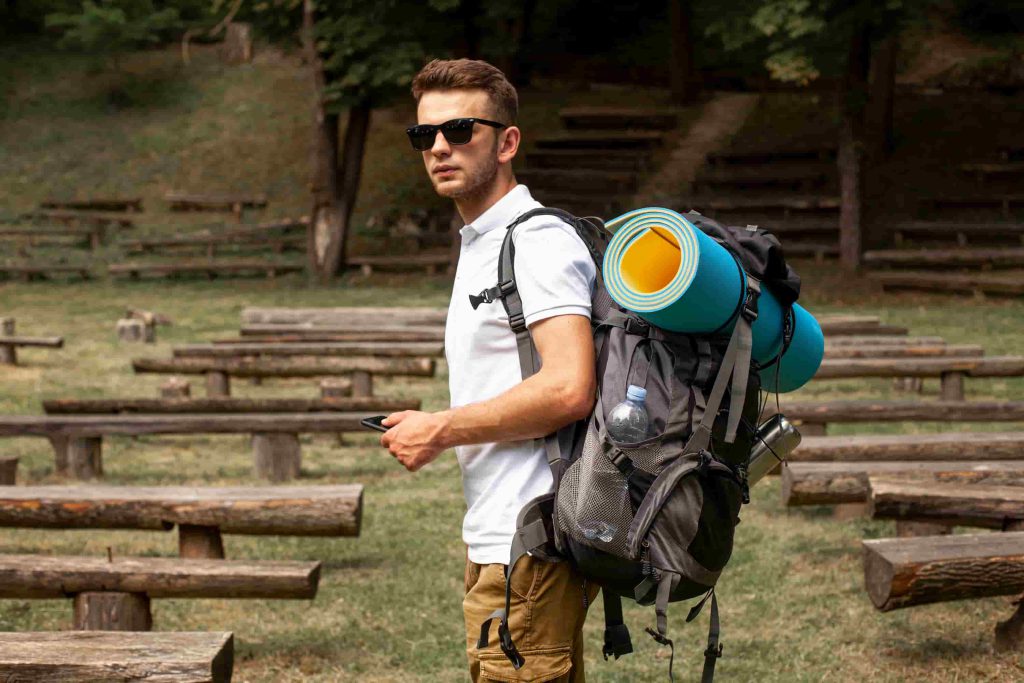
There are many different types of outdoor gear, each designed for specific activities and environments. Clothing and footwear are important for protecting your body from the elements and providing comfort while you’re on the move. Camping gear includes essentials such as tents, sleeping bags, and cooking equipment. Backpacking gear, on the other hand, focuses on lightweight and portable gear that can be easily carried over long distances. Climbing gear includes ropes, harnesses, carabiners, and other specialized equipment for scaling cliffs and mountains.
Camping gear
When it comes to camping, having the right gear can make all the difference in your experience. Harvard.edu even recommends camping gear such as tents, sleeping bags, and cooking equipment as essentials for any camping trip. These items not only provide comfort and convenience, but also play a crucial role in keeping you safe and protected from the elements.
Tents are an obvious essential when it comes to camping. They provide shelter from the rain, wind, and other elements, and give you a private space to sleep and store your gear. There are a wide variety of tents available, from lightweight backpacking tents to large family-sized tents with multiple rooms.
Sleeping bags are another important piece of camping gear. They keep you warm and comfortable throughout the night, and come in a range of styles and temperature ratings to suit different climates and personal preferences. Whether you’re a cold sleeper or a warm sleeper, there’s a sleeping bag out there that’s perfect for you.
Cooking equipment is also crucial for any camping trip. From portable stoves to cookware and utensils, having the right gear can make mealtime a breeze. Plus, cooking your own meals can save you money and allow you to customize your food to your liking.
Overall, camping gear such as tents, sleeping bags, and cooking equipment are essential for any camping trip. So whether you’re a seasoned camper or a first-timer, make sure you’re properly equipped before you hit the great outdoors.
Backpacking gear
Backpacking gear focuses on lightweight and portable gear that can be easily carried over long distances. Backpacks, navigation tools, and water filtration systems are just a few examples of the gear you might need for a backpacking trip.
Climbing gear
Climbing gear includes ropes, harnesses, carabiners, and other specialized equipment for scaling cliffs and mountains. Whether you’re a beginner or an experienced climber, having the right gear is essential for staying safe on your climb.
Factors to consider when choosing outdoor gear
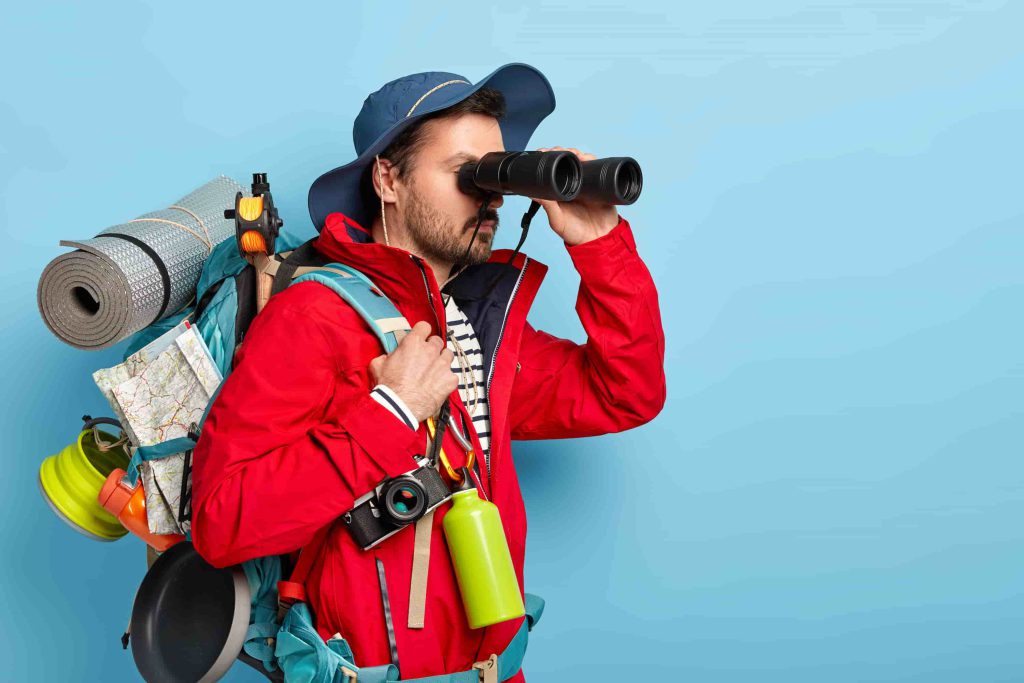
When choosing outdoor gear, it’s important to consider factors such as the type of activity you’ll be doing, the environment you’ll be in, the quality and durability of the gear, the fit and comfort of the gear, and the price range that you’re willing to pay. For example, if you’re going on a winter camping trip, you’ll need gear that’s specifically designed for cold weather, such as a warm sleeping bag and a sturdy tent. If you’re on a budget, you might need to prioritize certain items over others, such as opting for a lower-priced backpack instead of a more expensive one.
Activity type and environment
One of the most important factors to consider when choosing outdoor gear is the type of activity you’ll be doing and the environment in which you’ll be doing it. Different activities require different types of gear, and different environments require gear that is designed to withstand specific conditions.
For example, if you’ll be hiking in cold or wet weather, you’ll want to choose gear that is waterproof and warm, such as a waterproof jacket and insulated pants. If you’ll be camping in the wilderness, you’ll want gear that is durable and can withstand rough terrain and changing weather conditions.
Durability and quality
Durability and quality are also important factors to consider when choosing outdoor gear. You want gear that is well-made and can withstand the wear and tear of outdoor activities. Look for gear that is made from high-quality materials, such as strong and lightweight fabrics for clothing, or durable and lightweight metals for tools.
Consider the overall construction of the gear as well, ensuring that it is well-designed and built to last. Paying a little more for higher quality gear can save you money in the long run, as you won’t have to replace it as frequently.
Fit and comfort
Another important factor to consider when choosing outdoor gear is fit and comfort. Gear that doesn’t fit well or isn’t comfortable can be a distraction and can even lead to injury.
Make sure to choose gear that fits well and provides ample support, such as a backpack that fits comfortably on your back or shoes that fit snugly and provide good support. You’ll also want to consider the type of material used in the gear, ensuring that it is comfortable and doesn’t irritate your skin.
Essential outdoor gear for beginners
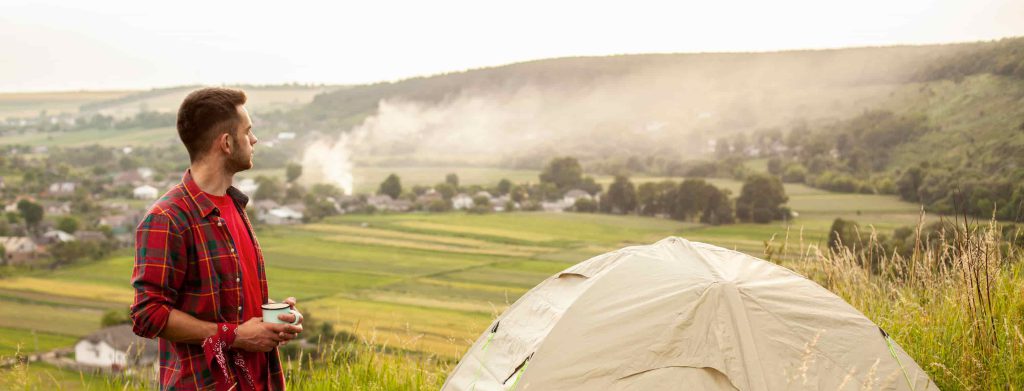
If you’re new to outdoor activities, it can be overwhelming to figure out what gear you need. Some essential items include appropriate clothing and footwear for the activity and environment, a sturdy backpack, a tent, sleeping gear, and cooking equipment if you plan on camping. It’s important to invest in high-quality gear that will last you for many trips to come, but if you’re on a budget, consider renting gear or buying used gear to save money.
Outdoor gear maintenance and care
Taking care of your gear is important to ensure that it lasts for as long as possible. Proper cleaning techniques, storage tips, and repair and replacement considerations can all help to extend the life of your gear. For example, after a camping trip, make sure to clean and dry your tent and sleeping bag thoroughly before storing them in a dry, cool place. If your gear becomes damaged or worn, consider repairing it instead of immediately replacing it to save money and reduce waste.
Proper cleaning techniques
Proper cleaning is essential for maintaining the quality and durability of outdoor gear. Different types of gear require different cleaning techniques, so it’s important to read the care instructions for each item.
In general, most outdoor gear can be cleaned using mild soap and water. It’s important to avoid using harsh chemicals or abrasive scrubbers, as these can damage the gear. For example, when cleaning a backpack, use a soft brush or sponge to gently scrub away dirt and grime. Avoid machine washing, as this can cause damage to zippers, straps, and other parts of the gear.
Storage tips
Proper storage is also important for maintaining the quality and durability of outdoor gear. When not in use, gear should be stored in a cool, dry place away from direct sunlight. It’s important to avoid storing gear in damp or humid areas, as this can cause mold and mildew to grow.
Many types of gear also benefit from being stored in specific ways. For example, sleeping bags should be stored loosely in a large storage sack, as compressing the bag can damage the insulation. Tents should be stored loosely in a dry place, with the poles and stakes stored separately to avoid bending or breaking.
Repair and replacement considerations
Even with proper care, outdoor gear may require repairs or replacement over time. It’s important to inspect gear regularly for signs of wear and tear, such as frayed seams or worn soles on shoes.
In some cases, gear can be repaired. For example, a tear in a rain jacket may be able to be patched with a special repair tape. It’s important to address repairs promptly to prevent further damage to the gear.
In other cases, gear may need to be replaced. For example, shoes with worn-out soles or a backpack with a broken strap may need to be replaced. When considering replacement, look for gear that is durable and high-quality to ensure it lasts as long as possible.
Conclusion
In conclusion, outdoor gear includes any equipment or clothing that is designed for use in outdoor activities. Outdoor gear must be durable, comfortable, and able to withstand exposure to the elements. The different categories of outdoor gear include clothing, footwear, camping gear, hiking gear, fishing gear, hunting gear, and water sports gear. By investing in high-quality outdoor gear, you can enjoy your outdoor adventures to the fullest.
FAQ
Clothing that is designed for outdoor activities such as hiking, camping, and backpacking is considered outdoor gear. This includes base layers, mid layers, and outer layers such as waterproof jackets and pants.
Footwear that is designed for outdoor activities such as hiking, trail running, and mountaineering is considered outdoor gear. This includes hiking boots, trail running shoes, and mountaineering boots
Camping gear refers to equipment and supplies that are used when camping, such as tents, sleeping bags, and camp stoves.
Backpacking gear refers to equipment and supplies that are used when backpacking, such as backpacks, lightweight sleeping bags, and water filters.

